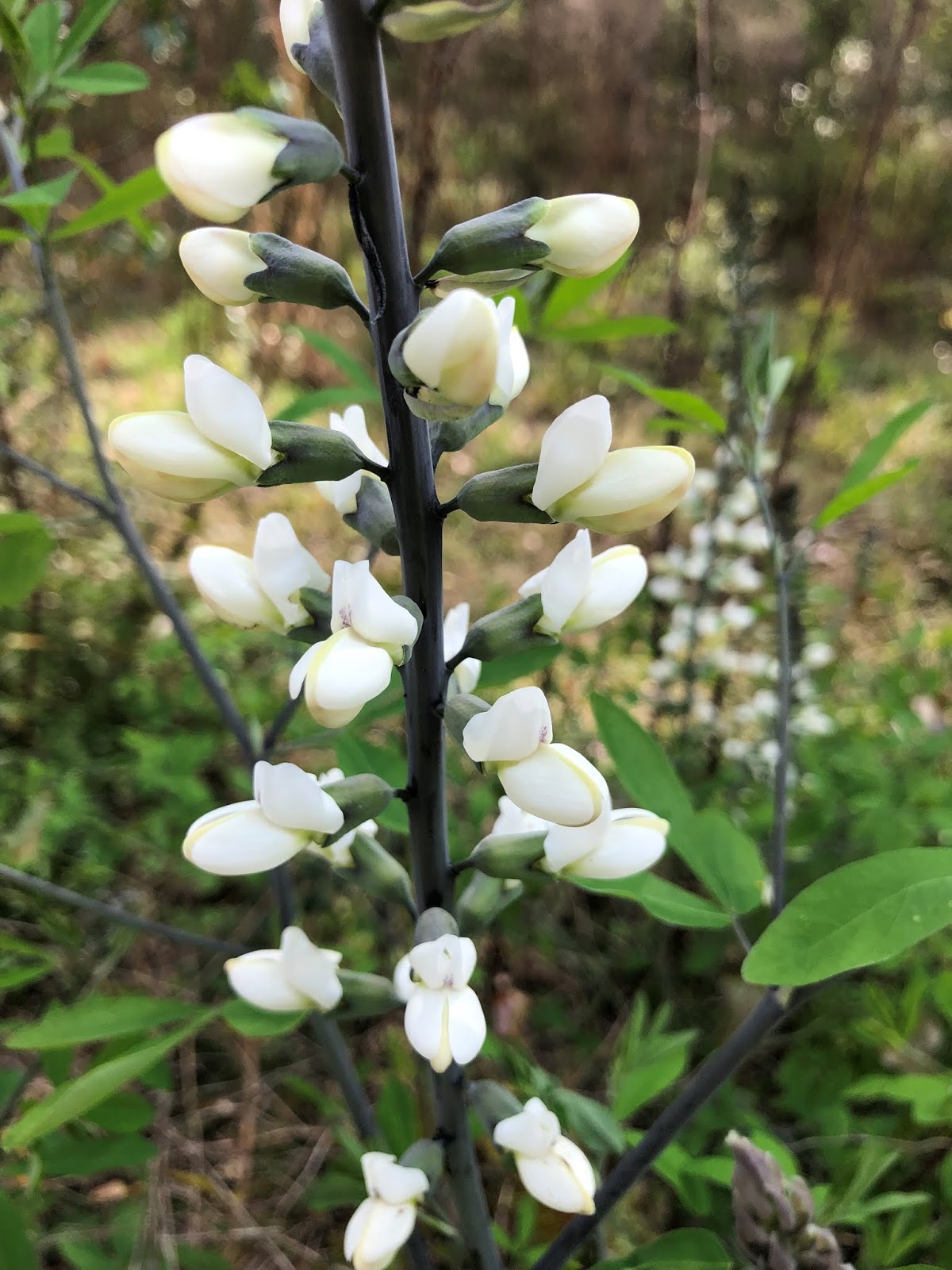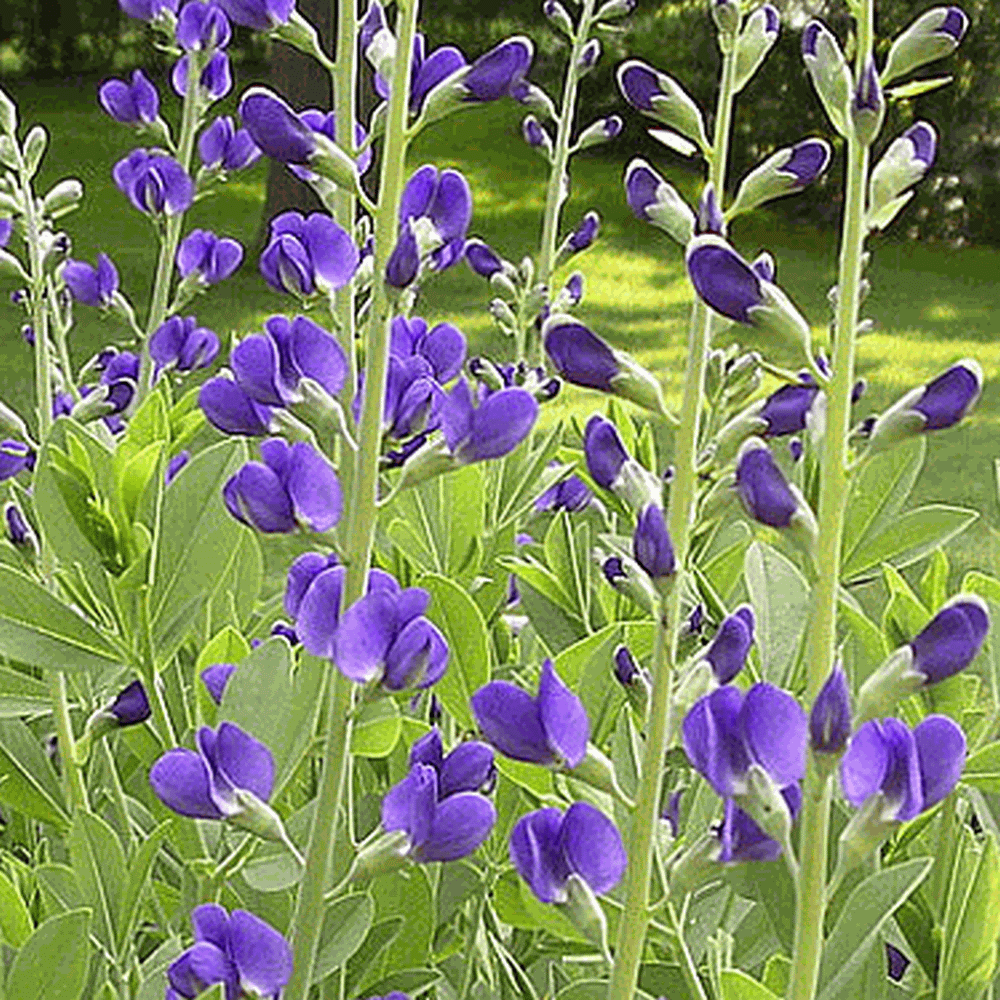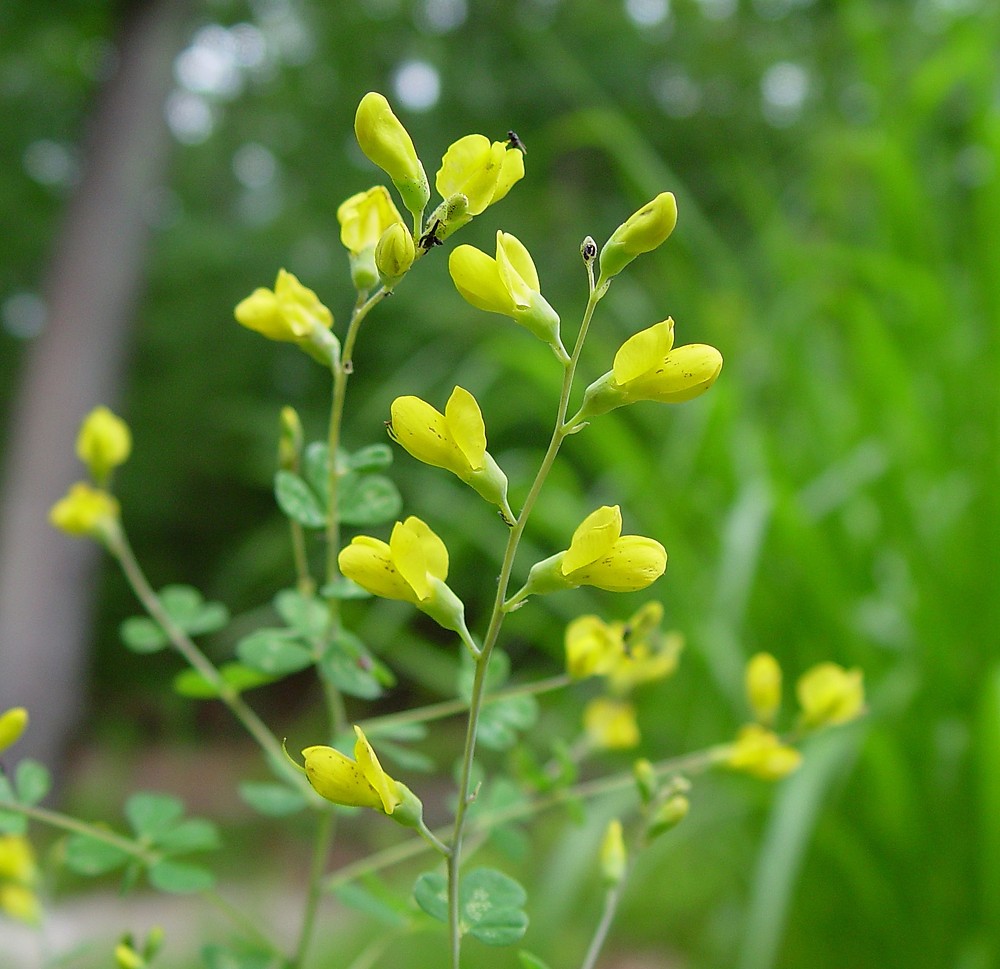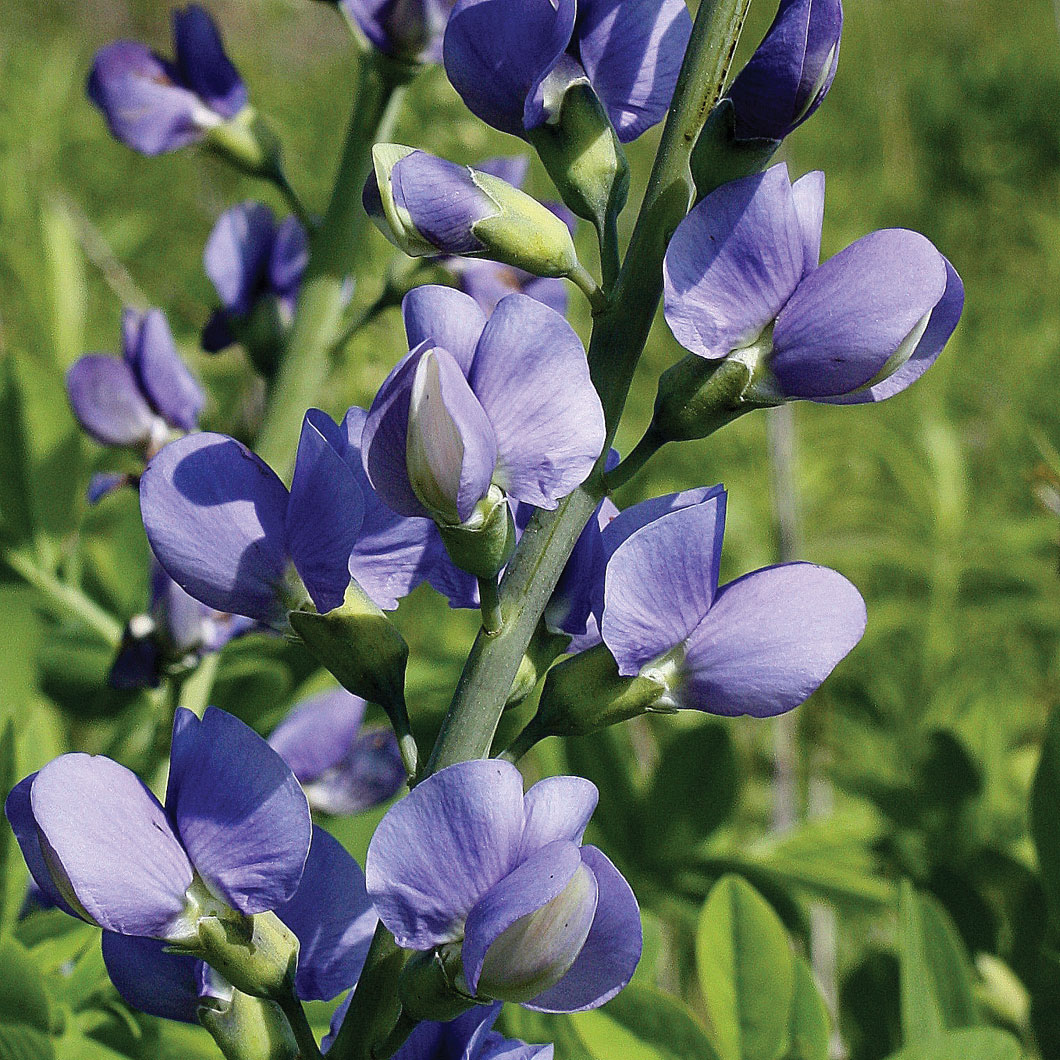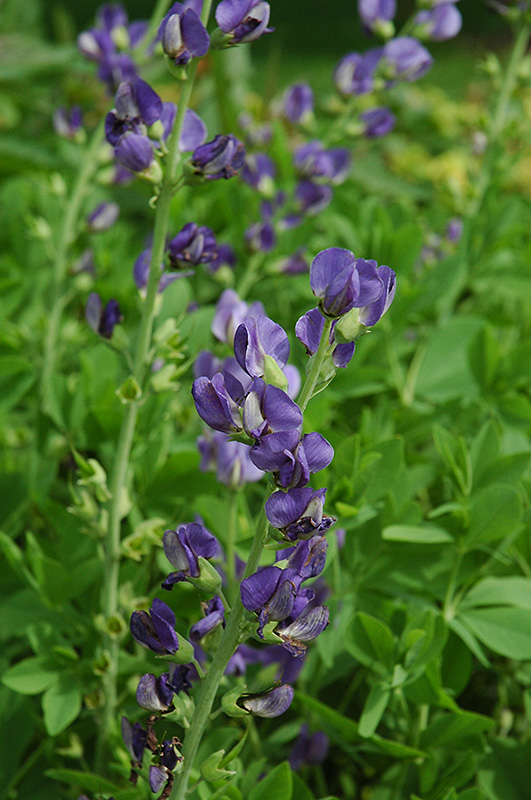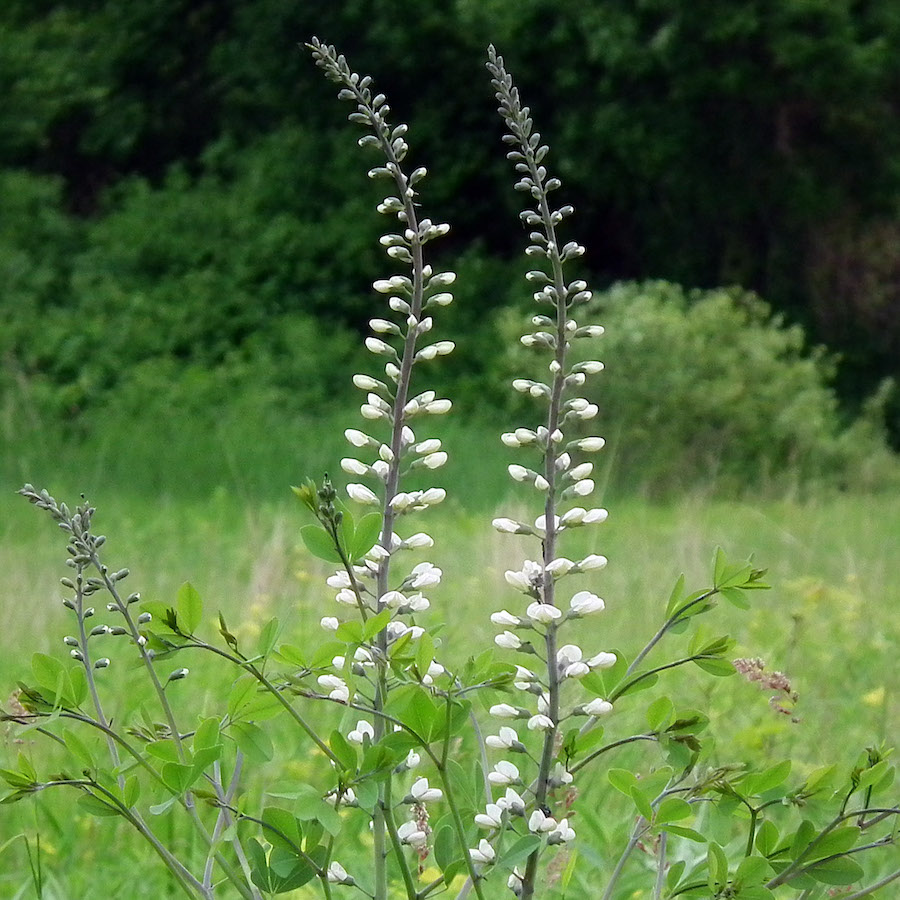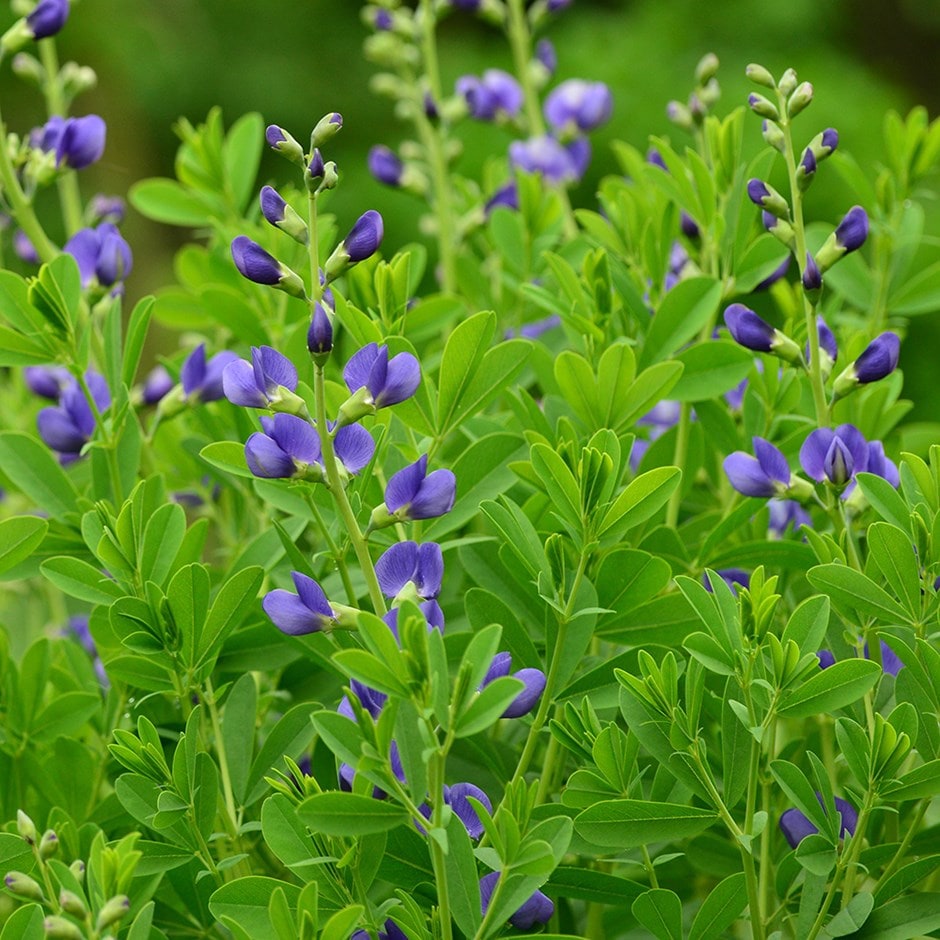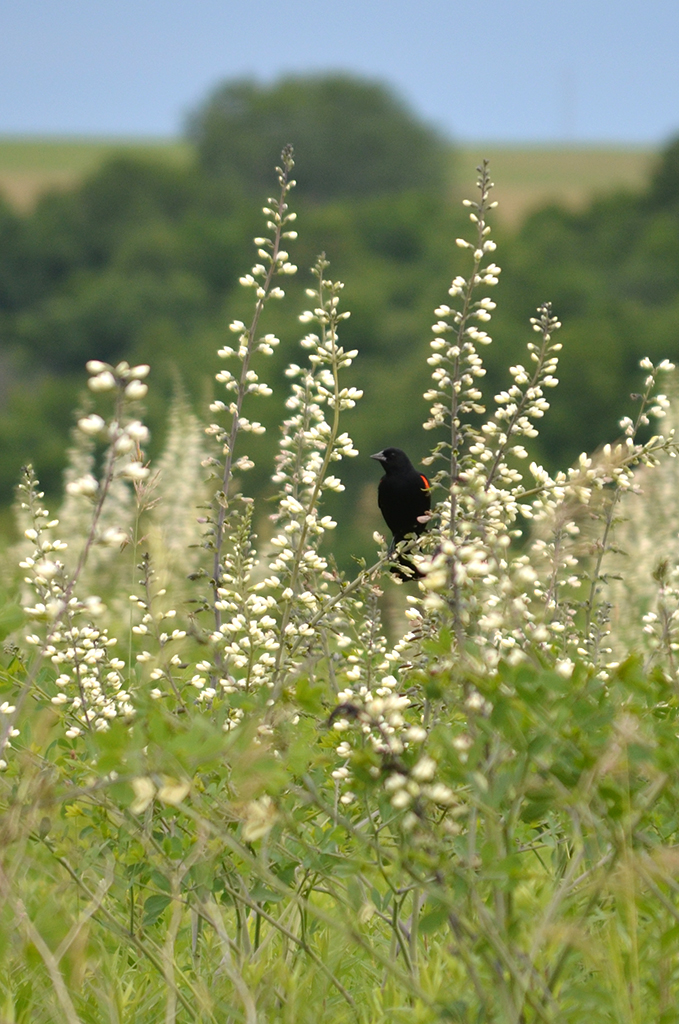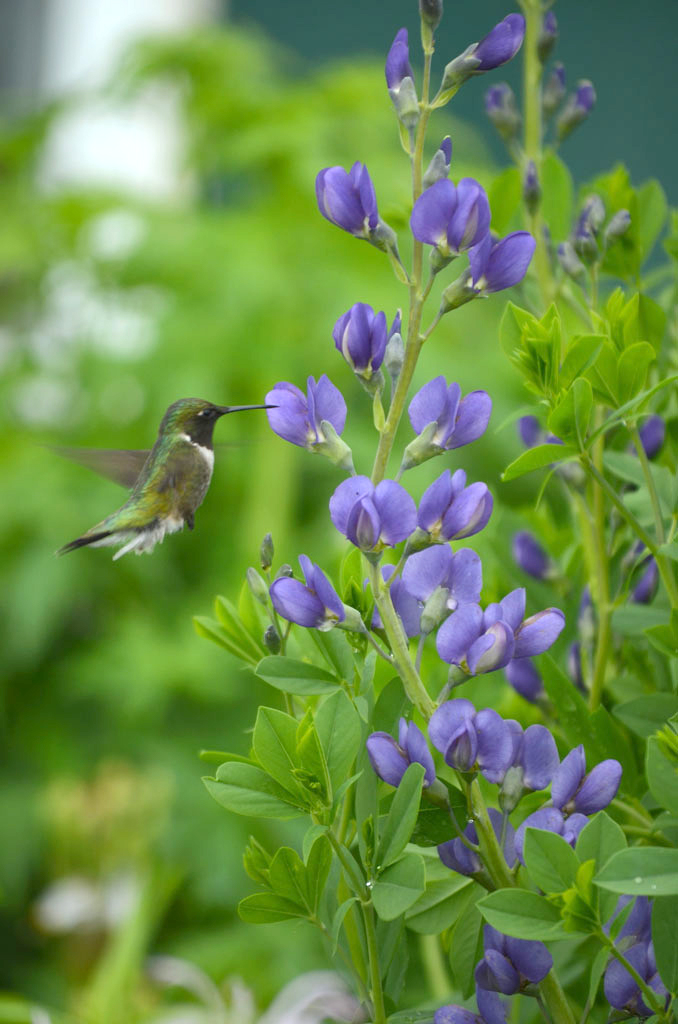Can’t-Miss Takeaways Of Info About Baptisia Wild Indigo

Blue wild indigo is native to eastern north america, but new england occurrences are considered introduced.
Baptisia wild indigo. Baptisia albescens, or false indigo, is an erect, native, herbaceous perennial in the fabaceae (bean) family. The species most commonly found in cultivation is b. One of the earliest plants to bloom in the prairie, baptisia bracteata (cream wild indigo) is an upright perennial with arching, almost weeping stems clad with alternate, trifoliate.
A grand wildflower, baptisia alba (white wild indigo) is an upright perennial with a long season of interest. It is found on riparian terraces, river banks and near houses,. Initially a bit slow to establish, baptisias are also.
Home plant types perennials baptisia sphaerocarpa (yellow wild indigo) baptisia sphaerocarpa (yellow wild indigo) bush pea, green wild indigo, yellow wild indigo,. It is a perennial herb native to much of central. They are native to woodland and grassland in eastern and southern north america.
Facts yellow wild indigo is the host plant for caterpillars of the rare lycaenid butterfly, frosted elfin (callophrys irus). False blue indigo or wild blue indigo (baptisia australis) is a showy member of the pea family th. melanie ~. Baptisia australis, commonly known as blue wild indigo or blue false indigo, is a flowering plant in the family fabaceae (legumes).
The species name “ alba ” means “white,” obviously referring. Habitat grassland, meadows and fields, woodlands. Its soft foliage texture combined.
The name is derived from greek baptisis, which means to dip or. Baptisia (wild indigo, false indigo) is a genus in the legume family, fabaceae. In spring and summer, this southeastern united states native bears.
Growing baptisia (wild indigo) latin name pronunciation:
